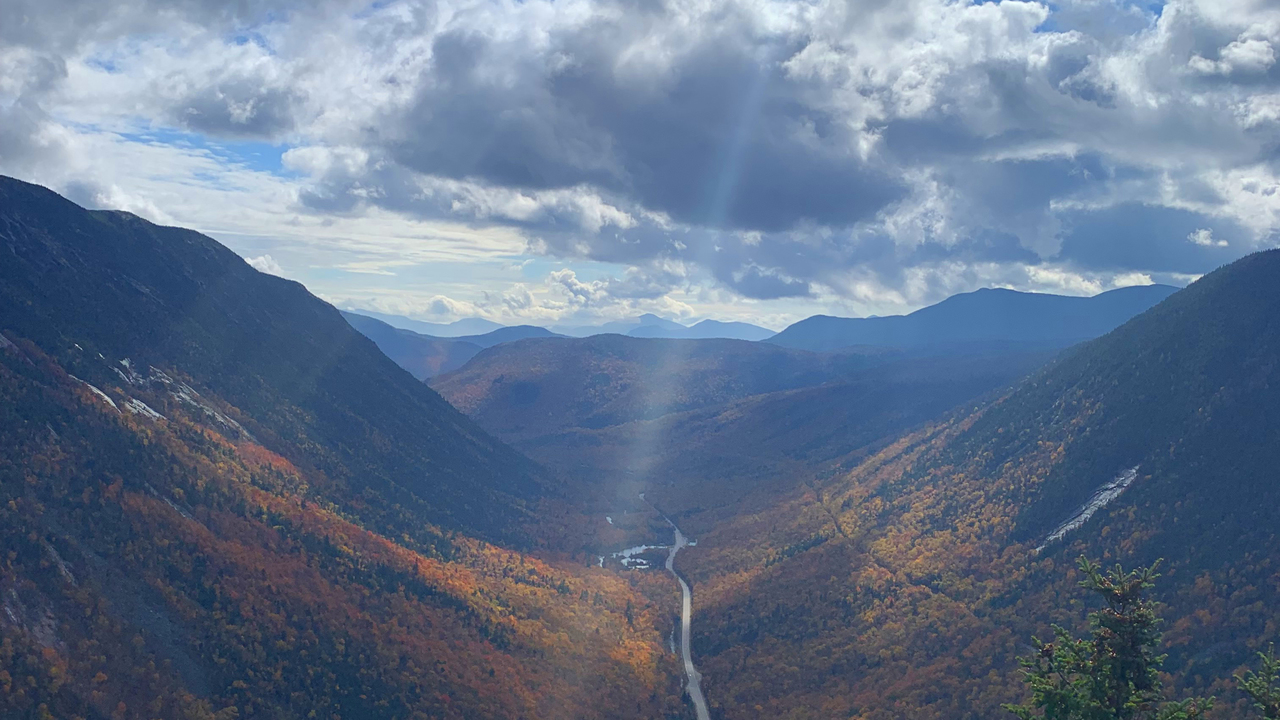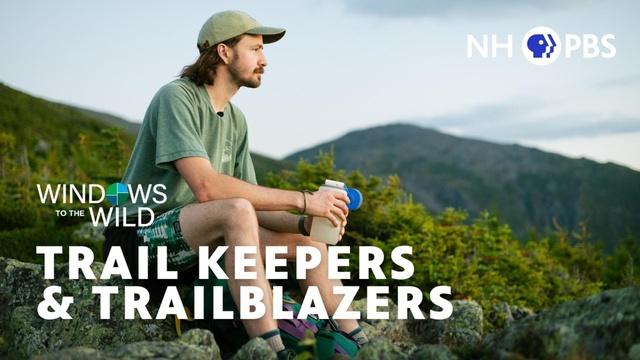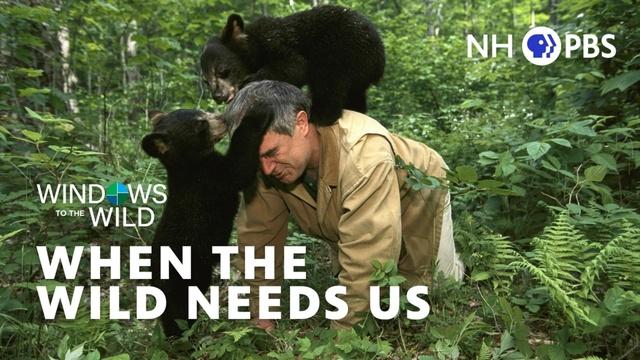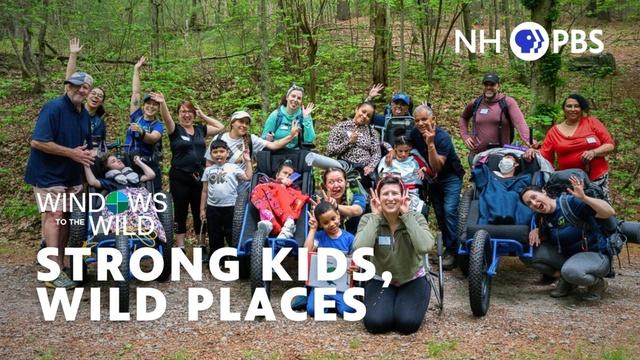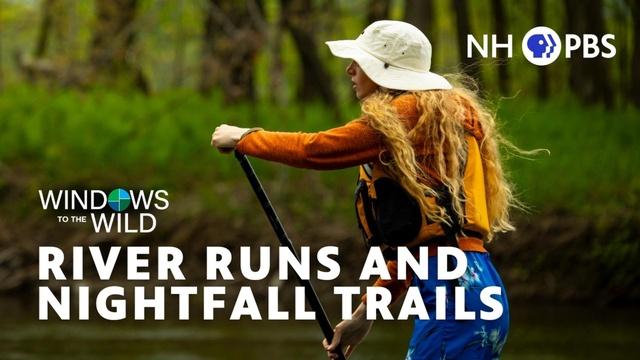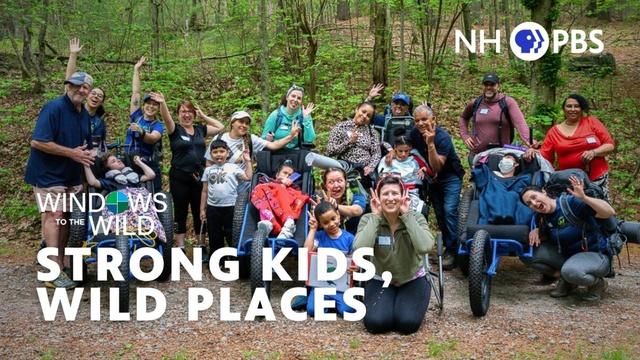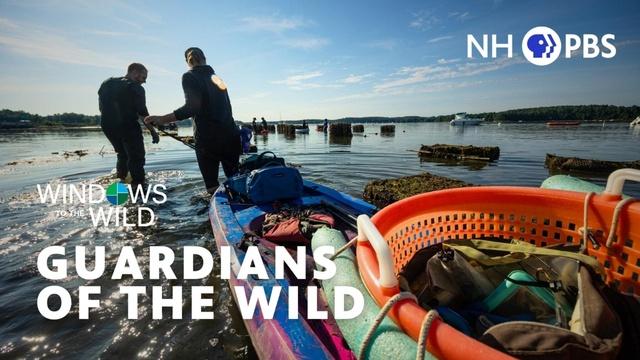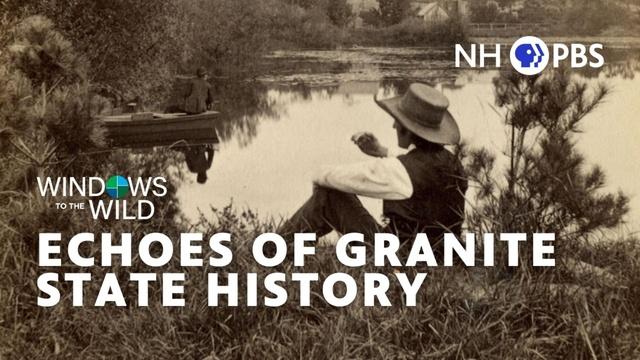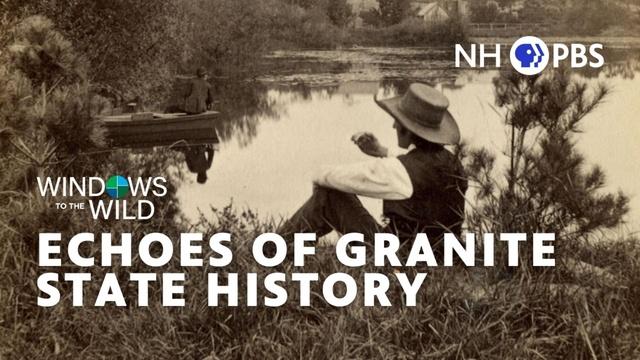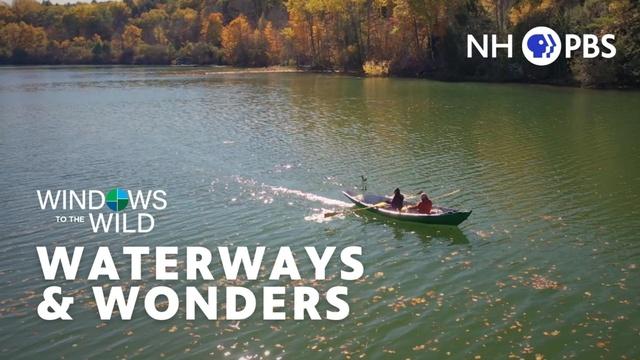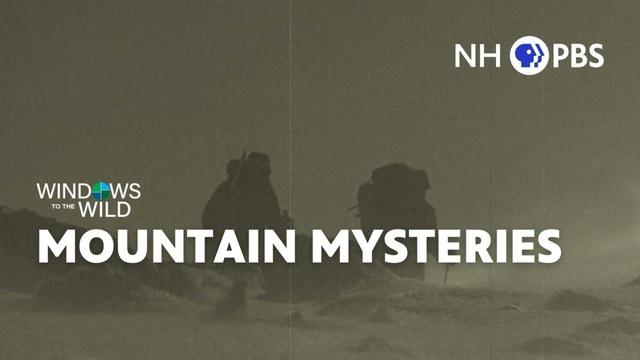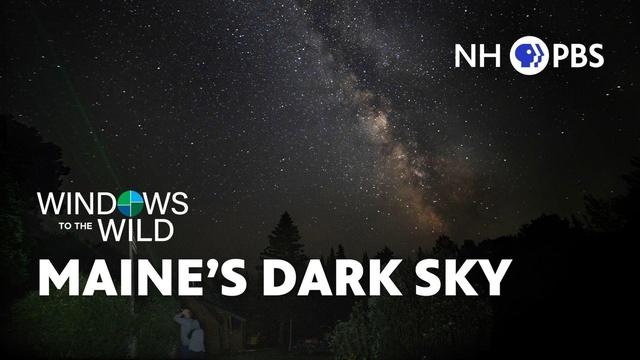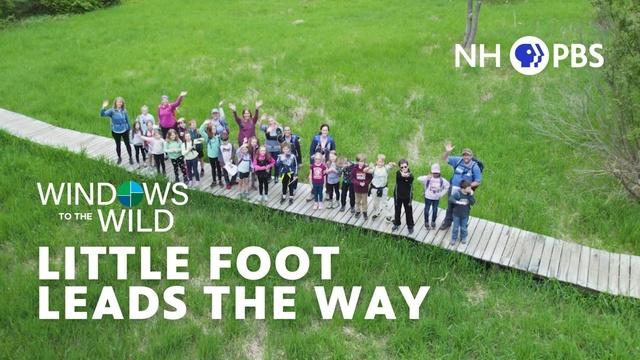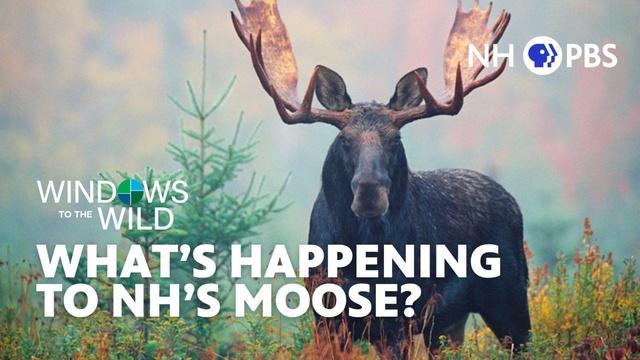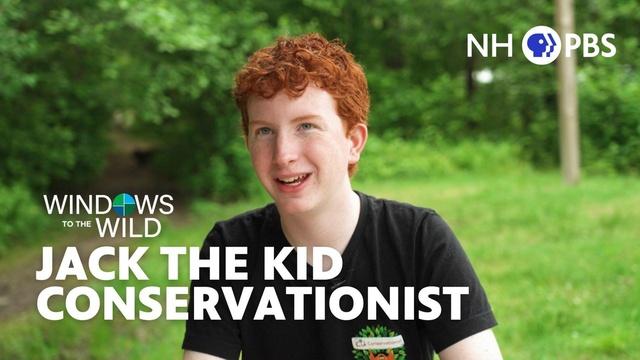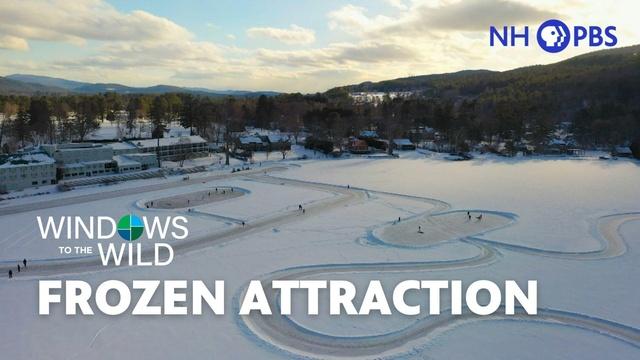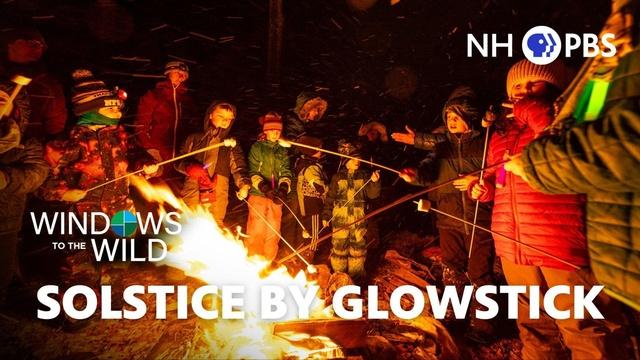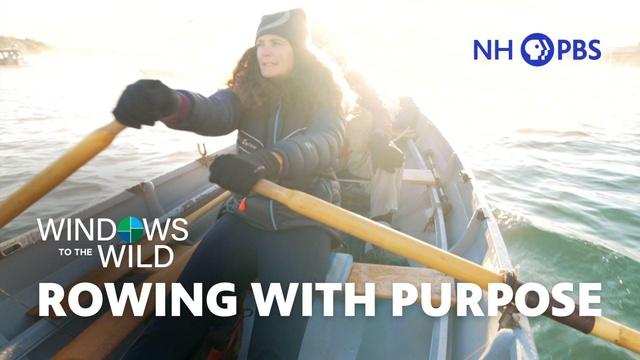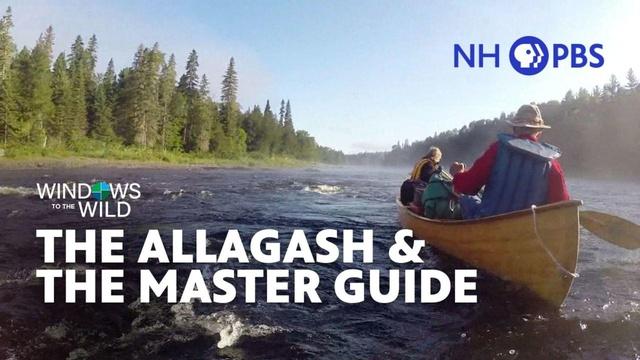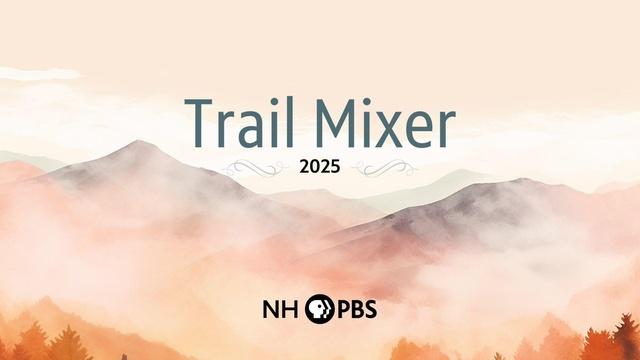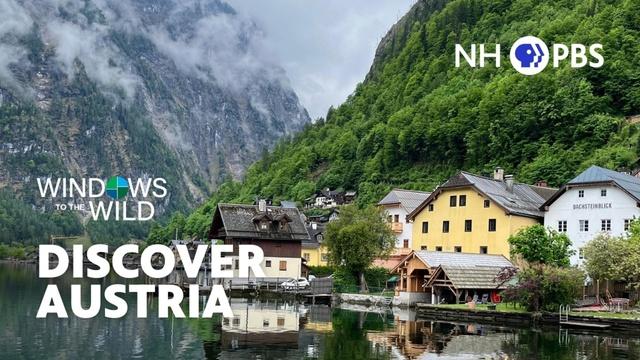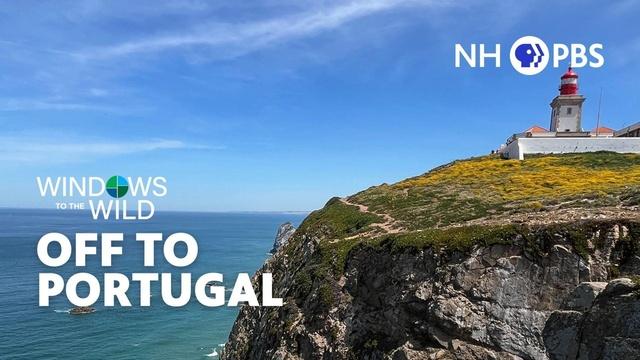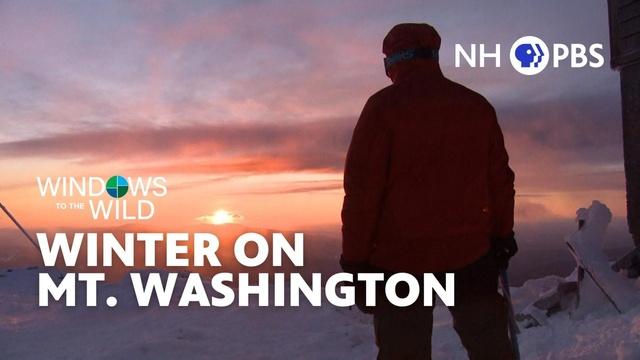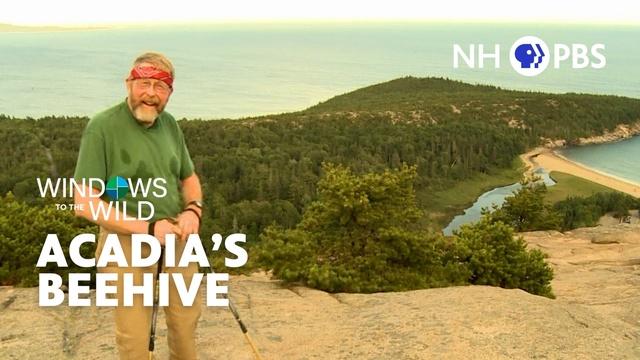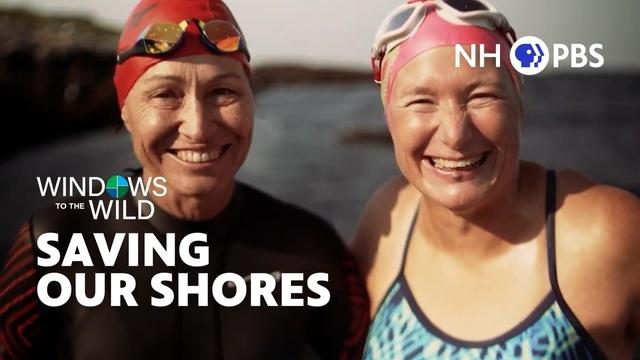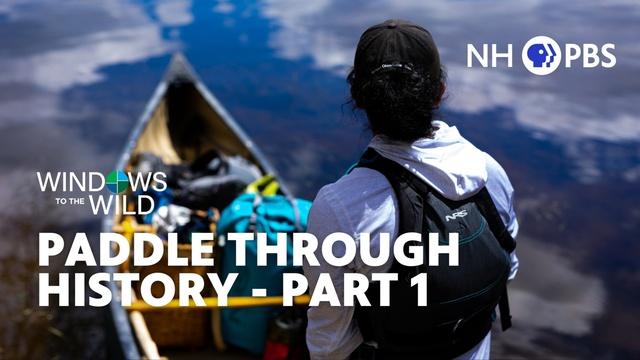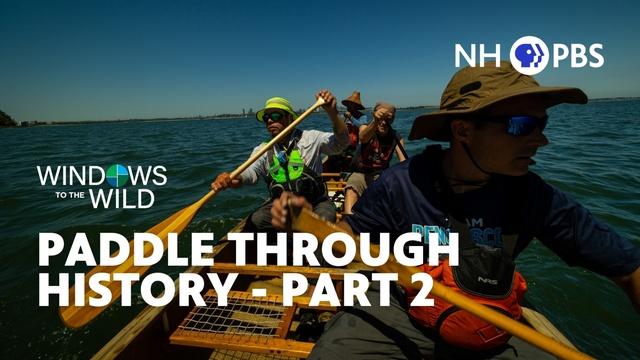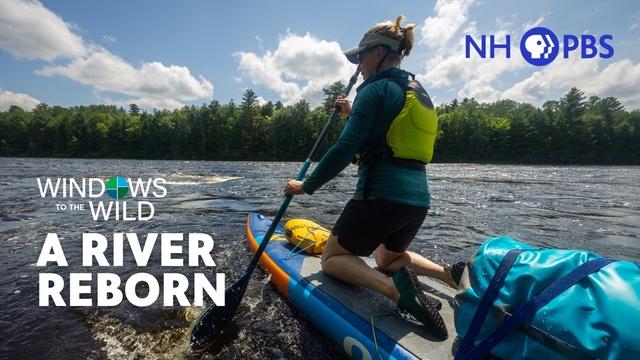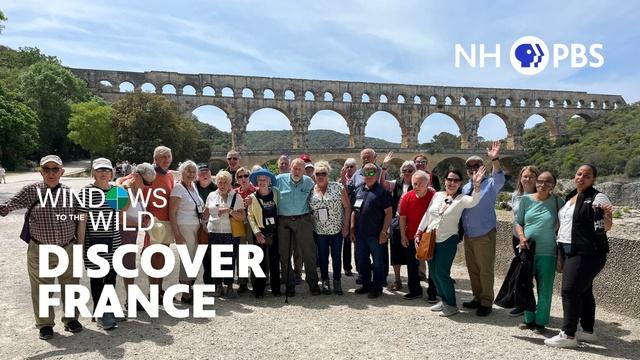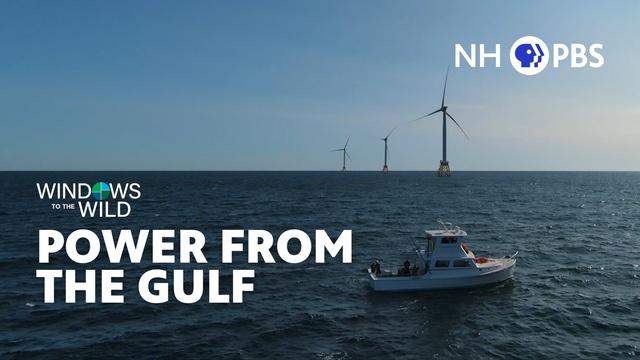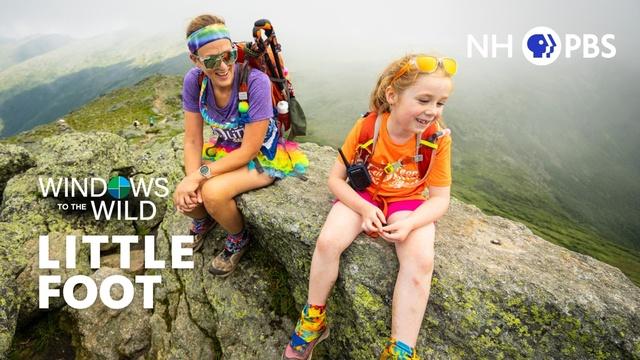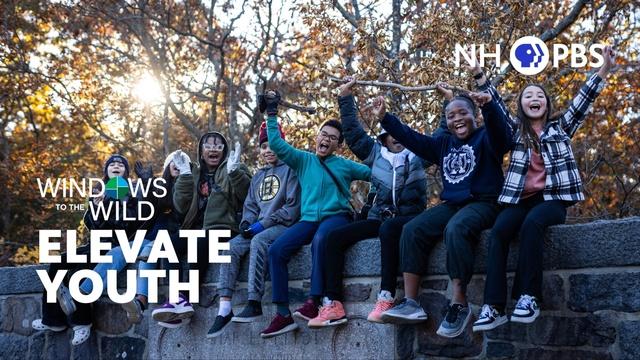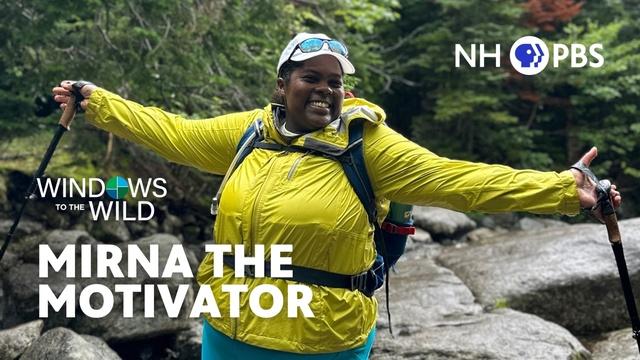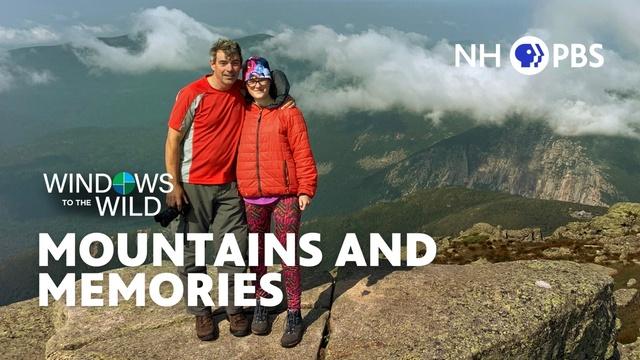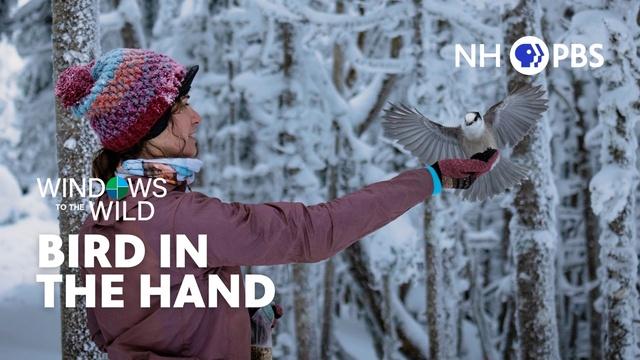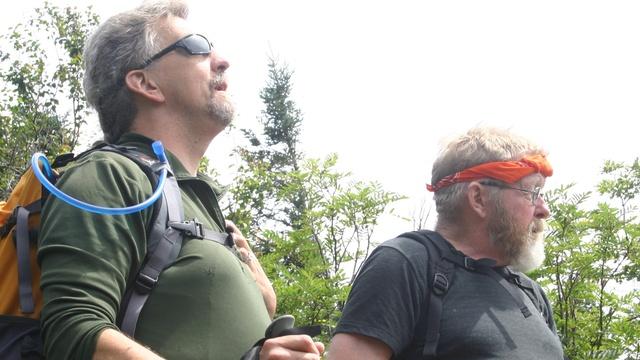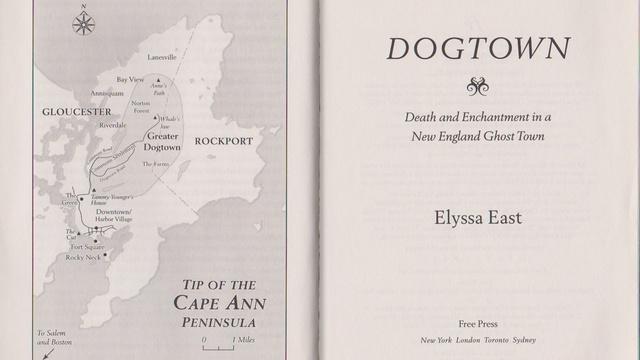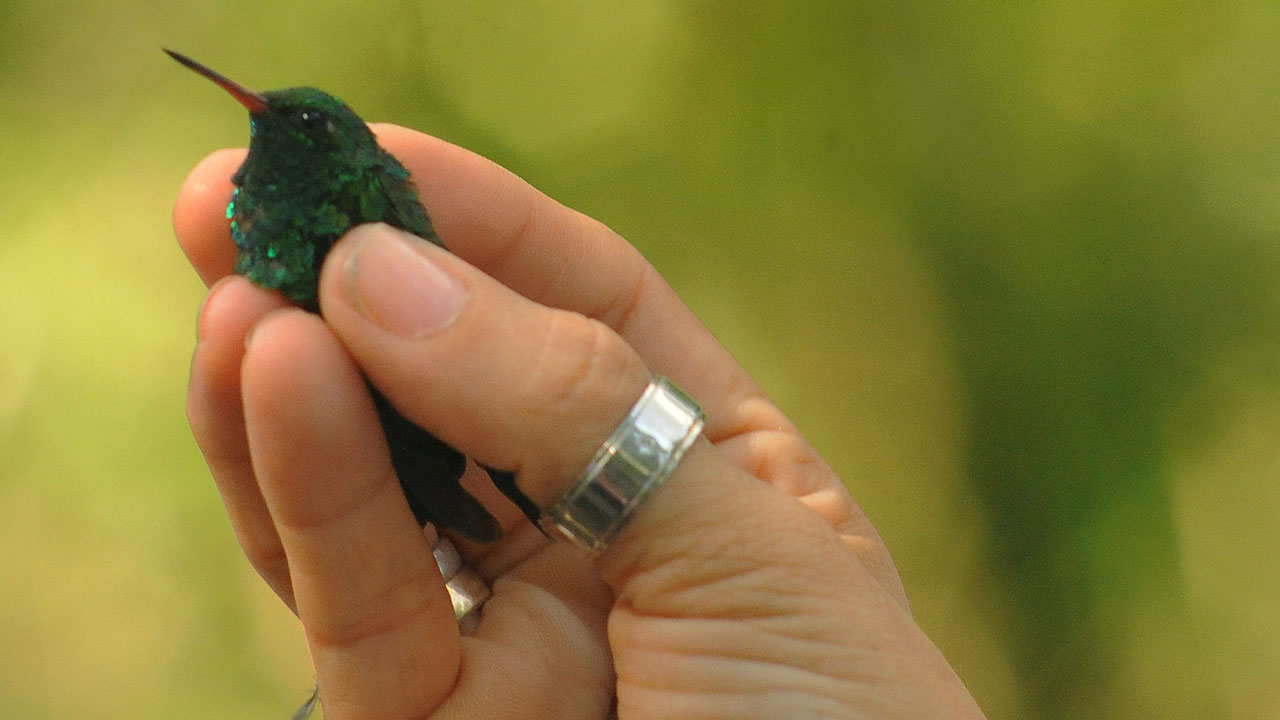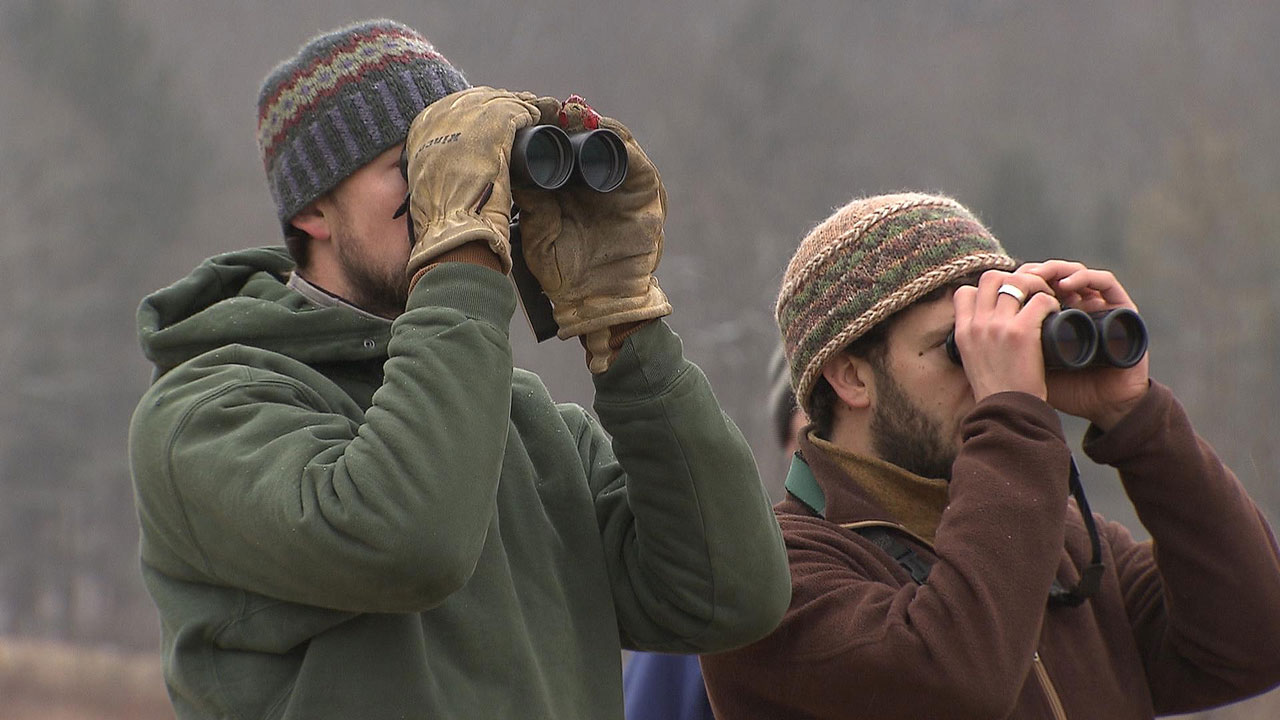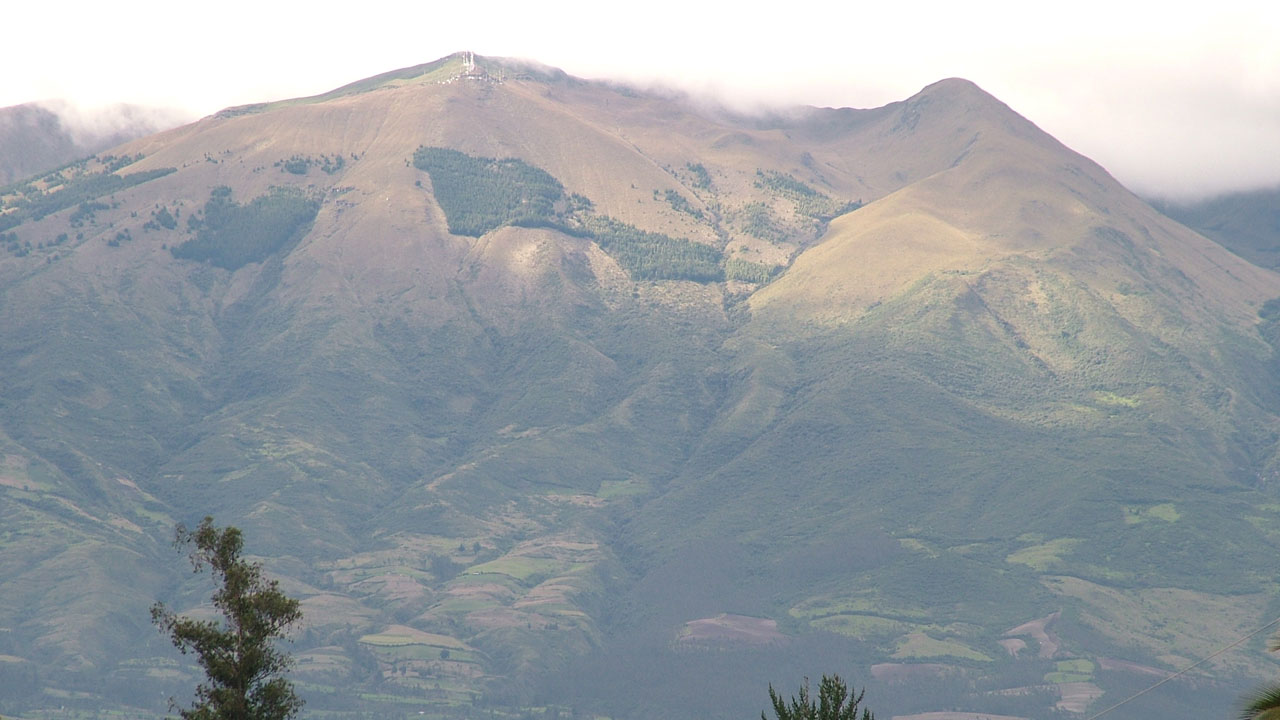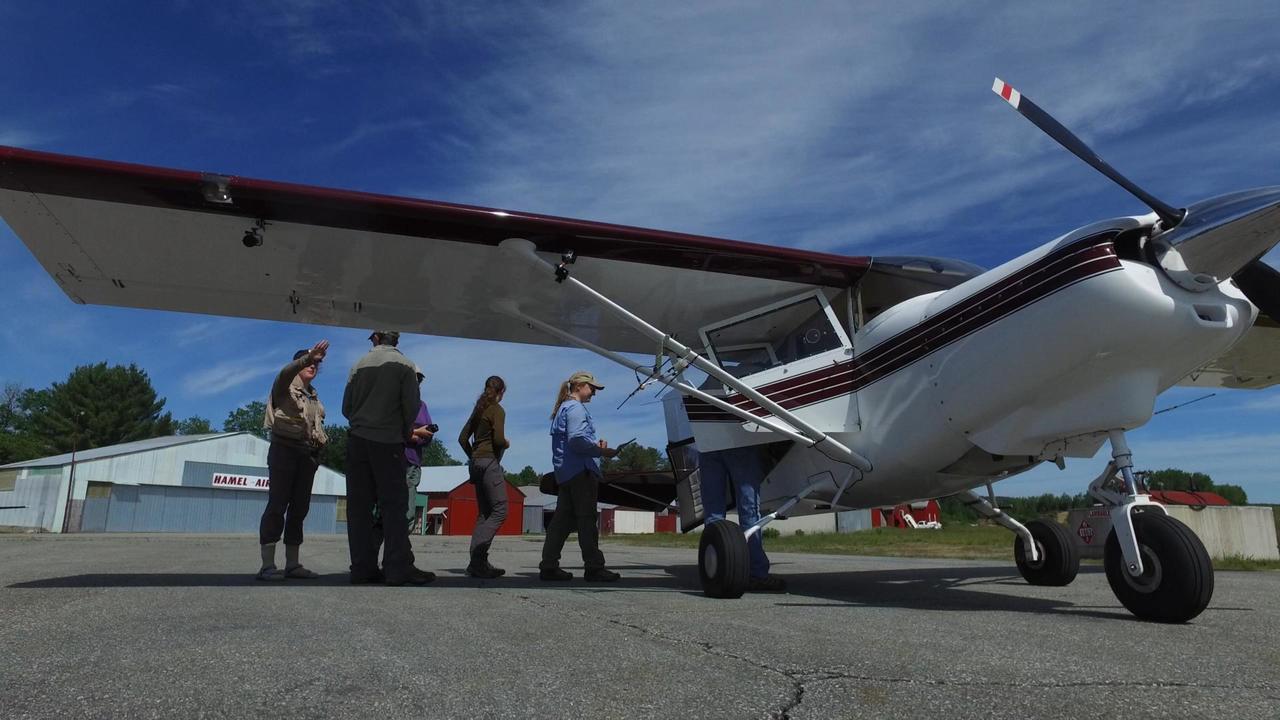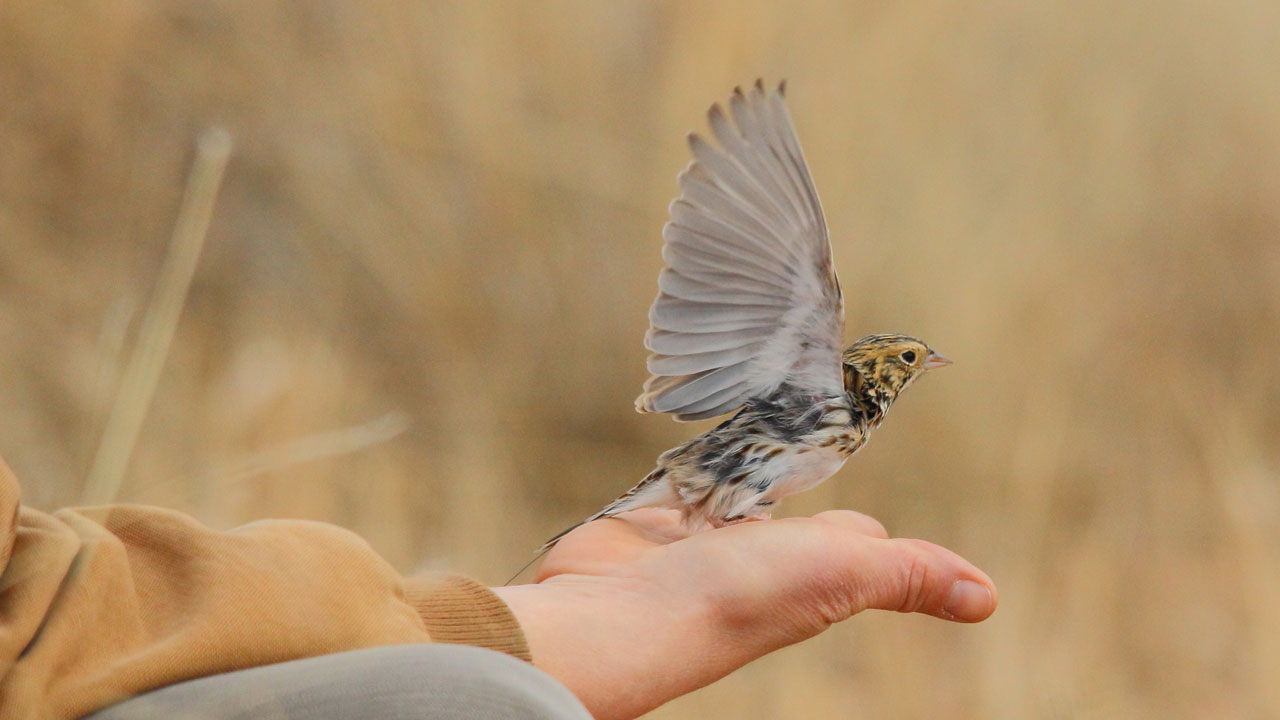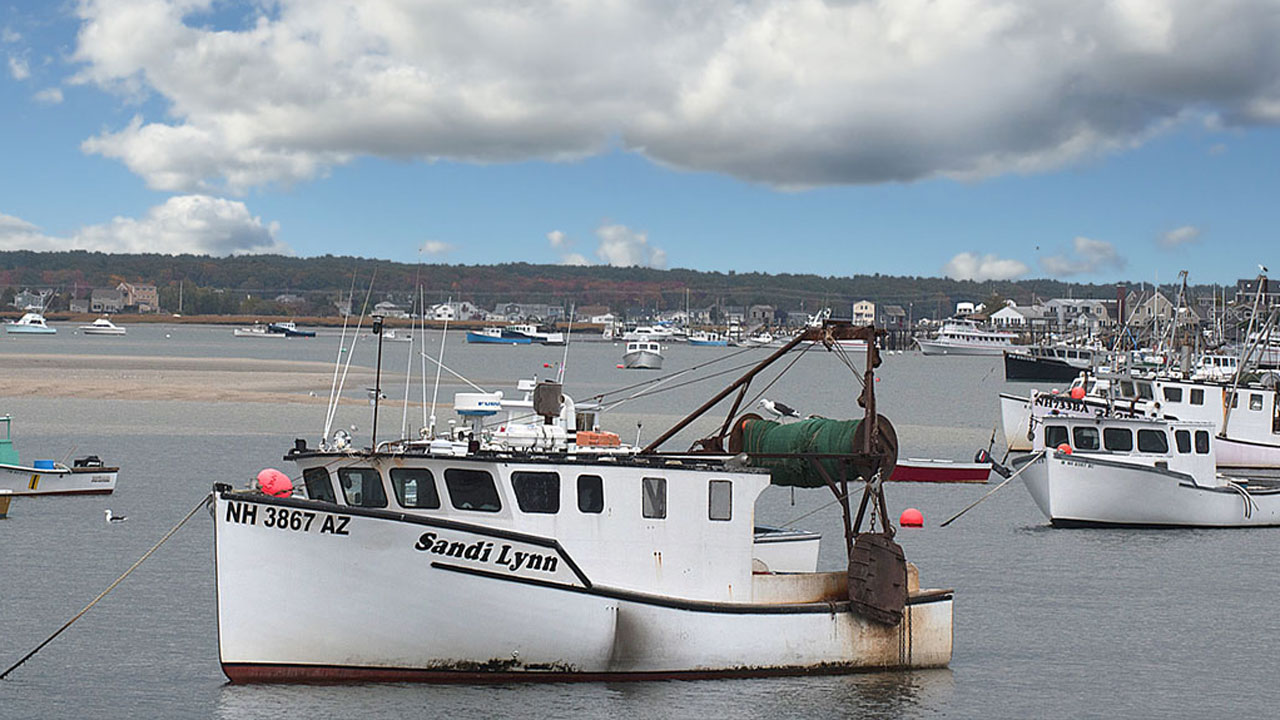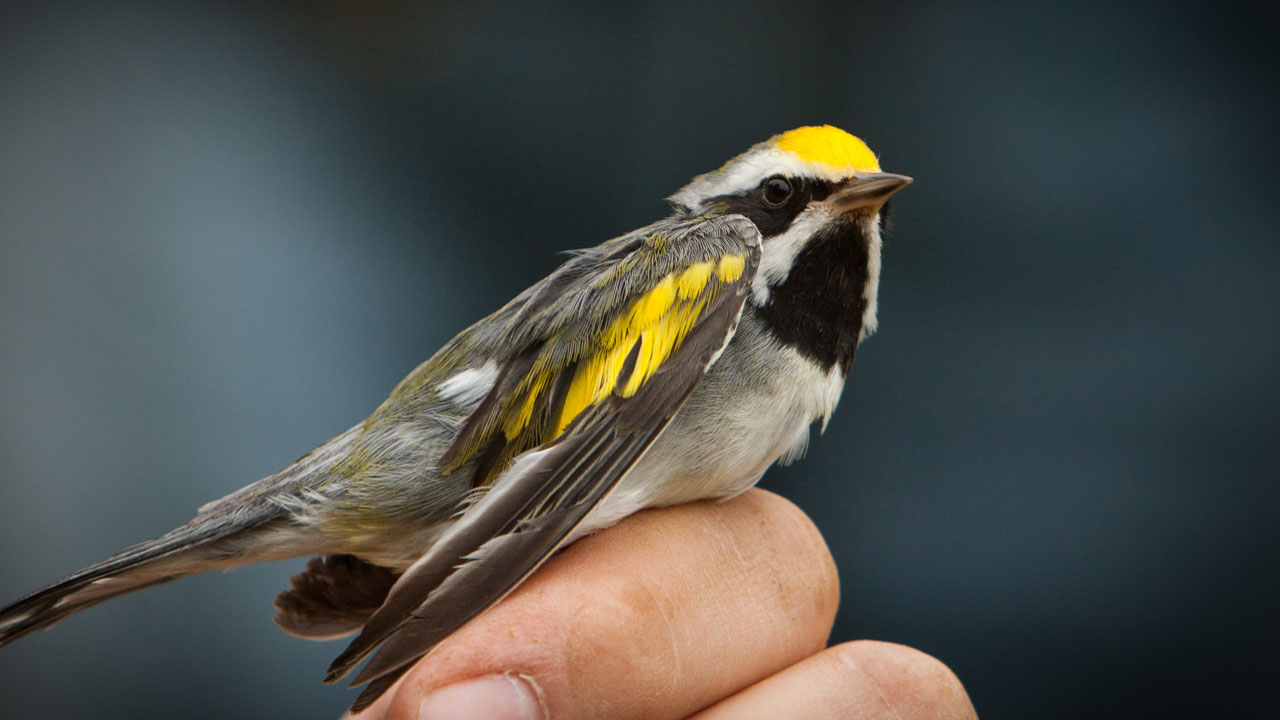Climbing Mt. Willard
A Yankee Notebook with Willem Lange
(October 25, 2021) - I'm sitting in my snug office, wearing fleece (damned if I'll activate the thermostats yet!), listening to a cold rain dripping from the eaves, and thinking back about 48 hours to a happy circumstance – a golden apple of a day stolen from the weather gods – and a very distressing phenomenon – my only experience ever, as far as I can recollect, of being utterly spent physically. When we're young, the ache of extraordinary exertion strikes the following day; when we're older, it ensues in two days. That's today Getting up from my office chair –which, thankfully, has arms – to respond to either Kiki's needs or my own, is a bit of a challenge. Then there's remembering to pick up my feet to negotiate the occasional carpets, mats, and door sills. The rain today has been a bit of a blessing: Canceling our daily walk in the hilly park has seemed advisable, even to Kiki.
Two days ago I was in Crawford Notch. Of the three major north-south White Mountain Notches, Crawford's my favorite. Pinkham is so big you can hardly appreciate it, and Franconia is dark and cliffy (and these days, crowded). In Crawford Notch, the infant Saco River is born in a pond just south of its height of land, and the infant Ammonoosuc from a pond less than half a mile to the north. From the north, a mostly flat plain rises gradually toward the granite jaws of the notch, and disappears like a waterfall, out of sight beyond them.
I've been here several times; even celebrated my eightieth birthday here, at the Appalachian Mountain Club's Highland Center Lodge. Like all of the AMC's recent constructions, it's a little heavy on the concrete for my taste. But its heating system provides lots of work for local hardwood loggers, its emergency equipment is the latest, and a quiet moment's listening detects a constant flow of air through the rooms. The buffet is good and plentiful, and the staff most personable.
But I wasn't here just to spend the night in spectacular surroundings. I'd invited a friend to rendezvous with me at the beautifully restored Queen Anne-style Crawford Notch train depot. From there, we'd hike up Mount Willard – the trail begins just the other side of the tracks – and at the summit enjoy the view deemed best-for-the-effort in the White Mountains. It's rated as "moderate," being just over a mile and a half each way, with an elevation difference of just under nine hundred feet. I've been up there several times before, once even with Randy Pierce, the well-known blind climber, and his guide dog, the Mighty Quinn. Even in my increasingly diminished physical state, it seemed like pretty low-hanging fruit.
And so it was, for the hundreds of happy hikers who streamed past us in both directions all day. Lots of couples and family groups, school groups, and one gang of dark-clad athletes (I'm guessing a rugby team) that plunged briskly past us on their way down. I just trudged slowly upward, one foot in front of the other, occasionally asking for a hand up at some of the higher steps. I must have appeared to be suffering, for at least a dozen people coming down encouraged us with "Almost there!" or "Only another five minutes," neither of which bore any resemblance to reality. But finally there was the opening in the spruces ahead, the ledges that make for comfortable sitting above the spectacular view of the lower notch, and a crowd of happy hikers of all stripes. We even met a Sherpa couple from Namche Bazar, who offered me a banana. I should have said yes. I dutifully drank all my electrolyte replacement; we shared a couple of tomato sandwiches; I crunched a granola bar; and we headed down.
The descent of a rocky trail, especially after the exertion of the ascent, is quite a bit more difficult for the elderly. Every step has to be considered and executed just so; falling is a dangerous option. I derived some comfort from the throngs about us, streaming in both directions. Remember the song, "You'll Never Walk Alone"? Not on Mount Willard, you won't. I even speculated that in the event of immobility, they could have passed me down the mountain like a bucket brigade.
The last half-mile was nightmarish. The combination of age, neuropathy, and dehydration took away both strength and balance. Several husky fellows helped, and at the end, an amazingly empathetic couple stayed with us all the way back to my car, which I'd parked with great foresight that morning in the nearest handicapped spot. An hour later, after a shower and a glass of red wine, further existence seemed possible. After a great supper, it even began to seem like a good idea.
Return to the
Windows to the Wild
Main Page
WINDOWS TO THE WILD WITH WILLEM LANGE is generously supported by the Alice J. Reen Charitable Trust, John D. McGonagle Foundation, Bailey Charitable Foundation and Road Scholar.
Watch Online
TV Schedule
-
discover austria
Windows to the Wild
Sunday, 12/21 at 5:30 P.M. on EXPLORE -
making tracks
Windows to the Wild
Saturday, 12/27 at 10:30 A.M. on EXPLORE -
new year's moosilauke hike
Windows to the Wild
Saturday, 1/3 at 10:30 A.M. on EXPLORE -
community outing
Windows to the Wild
Saturday, 1/10 at 10:30 A.M. on EXPLORE
Learn More...
- Manchester Cedar Swamp Preserve
The Nature Conservancy
Podcast
Listen on your favorite podcast platform
Thanks to our podcast partner: The Marlin Fitzwater Center for Communication at Franklin Pierce University
